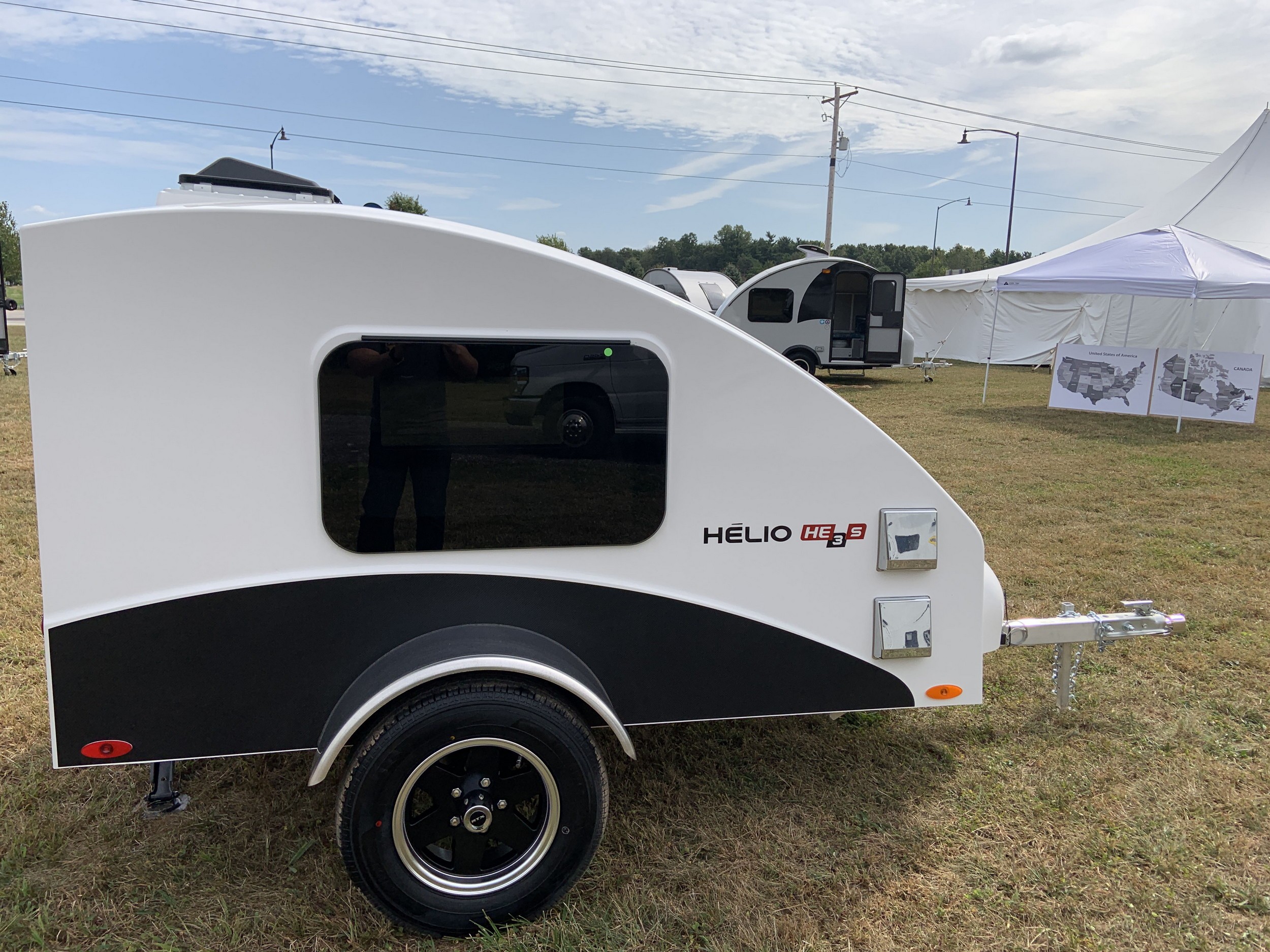
With vacuum pumps, we can reduce the presssure in a helium container much more than happens with normal atmospheric pressure changes. These temperature changes are small, but measurable. In fact, when liquid helium is kept in containers that are at atmospheric pressure, the helium temperature changes as atmospheric high and low pressure areas pass. Liquid helium, like water, boils at a lower temperature when the pressure is lower. This boiling point is one degree colder than that of helium 4.īoth helium 4 and helium 3 can be cooled to below their boiling temperatures by reducing the pressure to below atmoshperic pressure. Helium 3, the rarer isotope, has a nucleus of two protons and one neutron. Helium 4's nucleus consists of two protons and two neutrons, for an atomic weight of 4. Hence, when we speak of "helium", without specifying which isotope, we're usually speaking of helium 4. Helium 4 makes up over 99% of naturally occurring helium. They distinguish between the two naturally occurring isotopes, helium 3 and helium 4. (Dewars are familiar to most of us under the brand name "Thermos".)Ĭryogenicists talk about various kinds of helium. Liquid helium and nitrogen are usually stored in vacuum insulated flasks, called Dewars, after their inventor, Sir James Dewar. Liquid helium, because of its low boiling point, is used in many cryogenic systems when temperatures below the boiling point of nitrogen are needed.Ī convenient way to cool many kinds of apparatus is to submerge them in liquid helium or liquid nitrogen. Only at pressures above 20 times atmospheric will solid helium form. Helium does not freeze at atmospheric pressure. Liquid helium boils at -268.93 Centigrade (4.2 Kelvin). See the temperature scales page for a review of Celsius, Kelvin, and other scales, along with formulas to convert from one to the other. Liquid nitrogen is used in many cryogenic cooling systems. Nitrogen gas, when cooled, condenses at -195.8 Celsius (77.36 Kelvin) and freezes at -209.86 Celsius (63.17 Kelvin.) Or, to reverse the order, solid nitrogen melts to form liquid nitrogen at 63.17 Kelvin, which boils at 77.36 Kelvin. Two gases often used in their liquid forms are nitrogen and helium. At high altitudes, for example, water boils at a lower temperature because of the lower air pressure.) Carbon dioxide is another familiar example of a gas that freezes: it can be cooled and frozen as "dry ice".Ĭommon Cryogenic Liquids: Nitrogen and HeliumĪll gases, when cooled, condense. (These temperatures change as the pressure changes. Or, to put it the other way, ice melts to form water at 0 Centigrade and boils to produce steam at 100 Centigrade. We're familiar with this phenomenon in the case of water: steam condenses to liquid water which freezes to ice.

In fact, it's not: air, when cooled enough, condenses into a liquid and even freezes solid.

Liquid air sounds like a contradiction in terms.


 0 kommentar(er)
0 kommentar(er)
